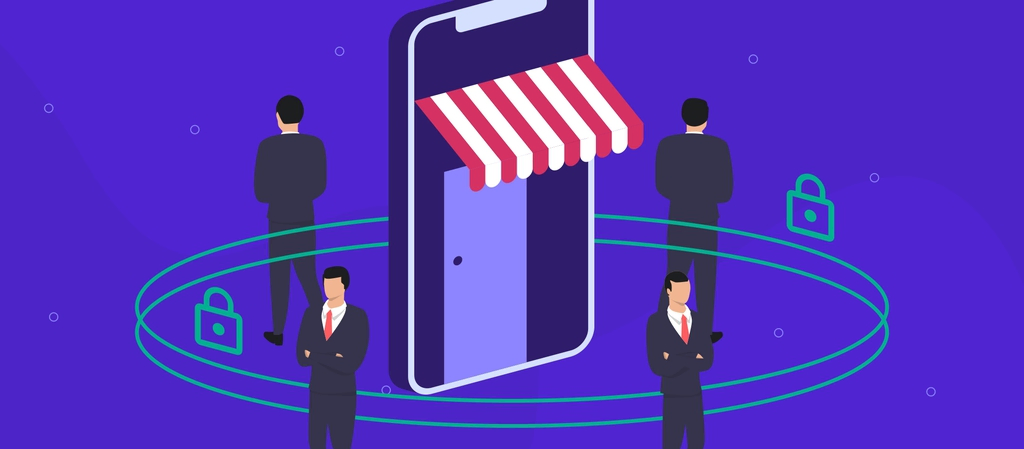Protecting Your Data in the Digital Marketplace: Secure Shopping
In the digital age, online shopping has become a cornerstone of consumer behavior, offering convenience, variety, and often better prices than traditional brick-and-mortar stores. However, as the digital marketplace expands, so do the risks associated with it. Cybercriminals are constantly devising new ways to steal personal and financial information, making it imperative for consumers to understand how to protect their data while shopping online. This article will explore the importance of secure shopping practices and provide actionable tips to safeguard your data in the digital marketplace.
Understanding the Risks
Before diving into protective measures, it’s crucial to understand the types of risks involved in online shopping. These include phishing attacks, where fraudsters trick individuals into revealing personal information; malware, which can infect your device and steal data; and man-in-the-middle attacks, where cybercriminals intercept and alter communications between two parties without their knowledge.
Secure Shopping Practices
- Use Secure Networks
Always ensure that you’re connected to a secure network when shopping online. Public Wi-Fi networks, such as those in cafes or airports, are particularly vulnerable to hacking. If you must use public Wi-Fi, consider using a Virtual Private Network (VPN) to encrypt your connection and protect your data. - Verify Website Security
Before entering any personal information on a website, check that the URL begins with “https” rather than “http,” indicating that the site is secure. Also, look for a padlock symbol in the address bar, which confirms that the site’s security certificate is valid. - Create Strong Passwords
Use complex passwords that combine letters, numbers, and special characters. Avoid using the same password across multiple sites, as this can lead to a domino effect if one account is compromised. Consider using a password manager to generate and store unique passwords for each of your online accounts. - Enable Two-Factor Authentication
Whenever possible, enable two-factor authentication (2FA) for your online shopping accounts. This adds an extra layer of security by requiring a second form of verification, such as a text message code or biometric scan, in addition to your password. - Keep Software Updated
Regularly update your operating system, web browser, and any security software to protect against the latest threats. Cybercriminals often exploit known vulnerabilities in outdated software to gain access to your data. - Monitor Your Accounts
Keep an eye on your bank and credit card statements for any unauthorized transactions. Promptly reporting suspicious activity can limit your liability and prevent further fraud. - Be Wary of Deals That Seem Too Good to Be True
Scammers often lure victims with irresistible offers. If a deal seems too good to be true, it probably is. Stick to reputable retailers and use common sense when shopping online. - Use Credit Cards Wisely
Credit cards often offer better fraud protection than debit cards. If you’re a victim of fraud, the money taken is the bank’s, not yours, and you’re usually only liable for a small amount. - Educate Yourself
Stay informed about the latest online shopping scams and cybersecurity threats. Knowledge is power, and understanding how cybercriminals operate can help you avoid their traps. - Secure Your Devices
Set up your devices with security features such as biometric locks, PINs, or passcodes. If your device is lost or stolen, these measures can prevent unauthorized access to your personal information.
Conclusion
Shopping online can be a safe and enjoyable experience if you take the necessary precautions to protect your data. By following the secure shopping practices outlined in this article, you can significantly reduce the risk of falling victim to cybercrime. Remember, cybersecurity is an ongoing process, and staying vigilant is key to enjoying the benefits of the digital marketplace without compromising your personal information.

